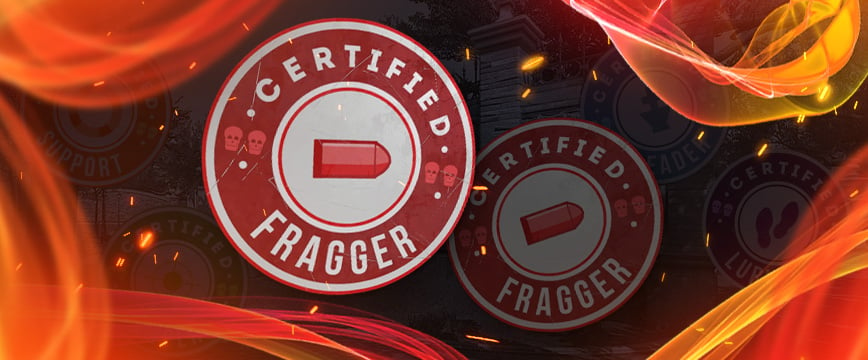Black Tube Sex Hub
Exploring the world of adult entertainment and erotic content.
Beneath the Surface: What It Really Means to be an IGL in CS2
Discover the hidden skills and strategies of an IGL in CS2. Unlock your team’s potential beneath the surface of competitive play!
The Unsung Hero: Key Responsibilities of an IGL in CS2
The role of an IGL (In-Game Leader) in CS2 is often overshadowed by the star players who grab the spotlight, but their contributions are invaluable. An IGL is not just a team member; they are the backbone of strategic planning and decision-making during matches. The primary responsibilities of an IGL include:
- Strategy Development: Crafting game plans tailored to the team's strengths and the opponent's weaknesses.
- Real-time Decision Making: Adapting strategies on-the-fly based on the dynamics of the game.
- Team Coordination: Ensuring clear communication and maintaining the team's focus and morale.
Moreover, an effective IGL must possess strong leadership qualities and a deep understanding of game mechanics. They serve as a mentor for other players, fostering teamwork and collaboration. The IGL's ability to analyze gameplay not only dictates the pace of the match but also shapes the overall performance of the team in tournaments. In summary, the responsibilities of an IGL in CS2 are critical to achieving success, making them the unsung hero of competitive play.

Counter-Strike, a popular first-person shooter game, has captivated players with its competitive gameplay and strategic depth. One crucial aspect of this game is the cs2 peekers advantage, which refers to the inherent advantages players have when they are not waiting to turn a corner. Understanding this concept can greatly influence a player's success in matches.
Decoding Strategy: How an IGL Shapes Team Dynamics in CS2
In the dynamic world of CS2, the role of an In-Game Leader (IGL) is pivotal in shaping team dynamics and fostering a winning atmosphere. The IGL is not merely a strategist; they are the glue that binds the team together, ensuring seamless communication and cohesion during intense matches. A successful IGL employs various tactics, from developing intricate game plans to adapting strategies on the fly, depending on the enemy's playstyle. For instance, a crucial part of an IGL's job is to maintain high morale among teammates, especially during critical moments in a match.
Furthermore, the influence of an IGL extends beyond individual tactics; it encompasses the overall team culture. According to seasoned players, having a strong IGL can transform a group of talented players into a cohesive unit capable of executing complex strategies under pressure. These leaders not only make the final call during important rounds but also facilitate a collaborative environment where players feel empowered to contribute their ideas and skills. This balance of authority and teamwork is what allows an IGL to truly shape team dynamics, fostering success both in competitive play and casual settings.
What Makes a Great IGL? Skills and Traits to Look For in CS2
In the competitive realm of CS2, the role of an in-game leader (IGL) is crucial for a team's success. A great IGL possesses a unique blend of tactical knowledge and strong leadership abilities that can significantly influence the game's outcome. Not only should they have a deep understanding of game mechanics and strategies, but they must also be able to convey that knowledge effectively to their teammates. Key skills to look for in an IGL include excellent communication, decision-making under pressure, and adaptability to changing game situations. A successful IGL is someone who can maintain a calm demeanor while making quick, strategic decisions that can turn the tide of a match.
In addition to tactical prowess, the traits of a great IGL extend beyond gameplay. Empathy and emotional intelligence are vital, as an IGL must understand team dynamics and foster collaboration among players. A strong IGL will promote a positive team atmosphere, encouraging their teammates to share ideas and contribute to strategies. Furthermore, resilience is an essential trait; a great IGL learns from losses and uses them as stepping stones for future success. Ultimately, the combination of hard skills and soft skills makes for an exceptional IGL who can lead their team to victory in the competitive landscape of CS2.